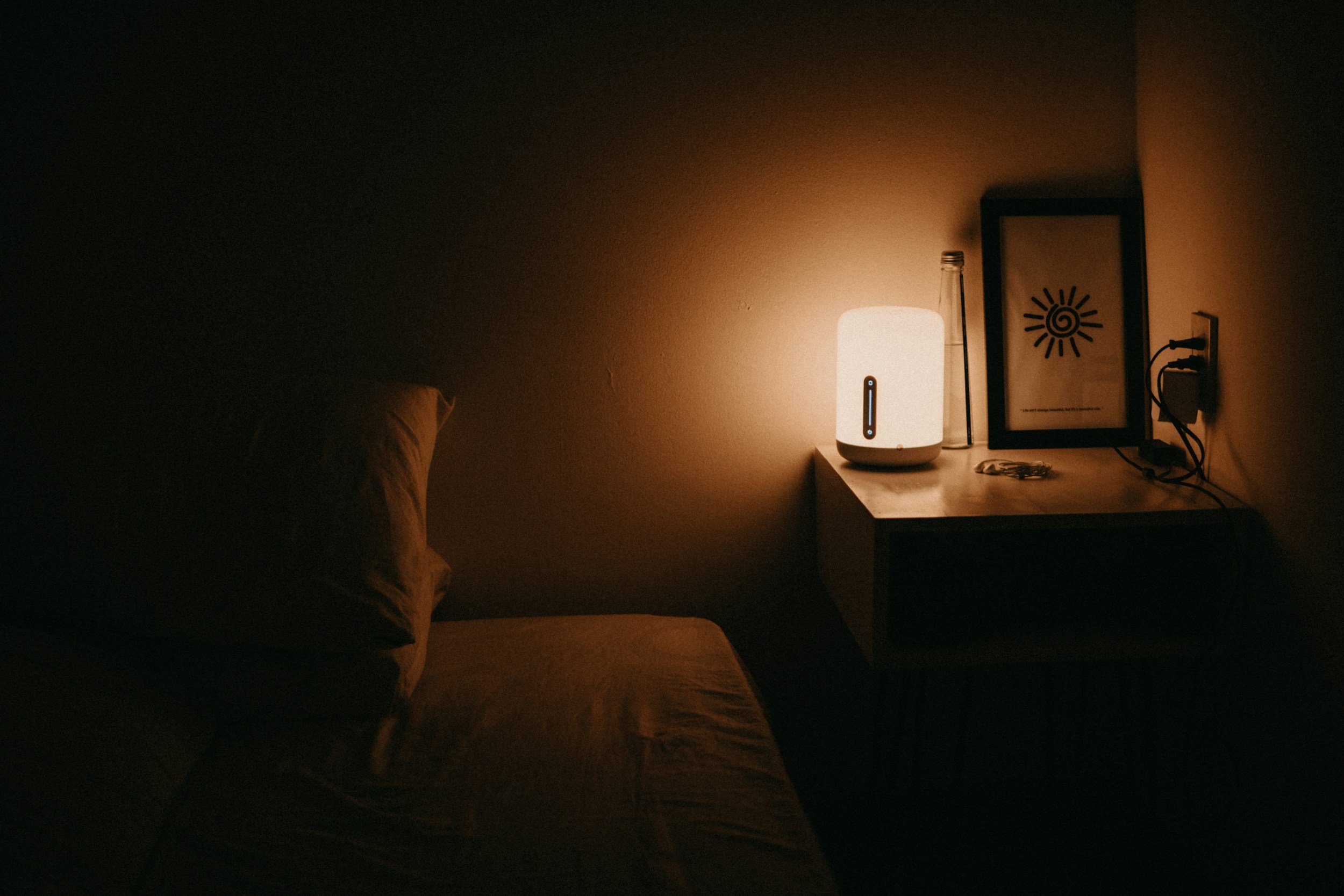
Healthy Homes, Healthier Lives: Why Fixing Old Housing Could Save Public Health
Millions of U.S. homes hide invisible health risks. Learn from NCHH’s Amanda Reddy how policy, design, and action can make our homes healthier.

Why the Air We Breathe at Home Is One of the Biggest Hidden Health Risks
Indoor air quality is shaping our health more than we realize. Air-quality expert Simon Jones joins Finding Frequency to reveal why the air inside our homes may be the biggest hidden health risk, and what we can do to change it.

How Experts Define a Healthy Home: Key Attributes and Why They Matter
Air, water, lighting, noise, and design—all are critical to what experts call a ‘healthy home.’ Discover how WHO, Harvard, and others define healthy housing, and why these standards matter for your health and future living spaces.

“Clear” Isn’t “Clean”: Why Water Quality Deserves More Attention
Clear water isn’t always clean. PFAS, microplastics, and heavy metals are common in U.S. drinking water. Here’s why water quality matters, and how to protect yourself.

Bio-Inspired Design: How Fractal Patterns in Architecture Boost Well-Being
Fractal patterns are more than beautiful. They can lower stress, improve focus, and bring the peace of nature into your home or workspace.

Your Summer Reset: Create a Space That Energizes, Not Overwhelms
Ready to lighten up your space for summer? This quick guide walks you through five simple steps for a summer home reset. From decluttering and maximizing natural light to swapping in breathable fabrics and energizing elements. Whether you're tackling one room or the whole house, these seasonal tips will help you create a space that refreshes and recharges.

Why Your Lighting is Messing with Your Sleep (and How to Fix It)
Modern lighting habits are disrupting our natural circadian rhythms—affecting everything from sleep quality to mood and focus. Learn how blue light impacts your body, why the right evening lighting matters, and what simple changes you can make to support healthier, more restful nights.

How to Choose the Right Air Purifier: A Guide to Cleaner Indoor Air
Most people spend 90% of their time indoors, yet indoor air can often be two to five times more polluted than outdoor air. If you want to know how to improve indoor air quality, this blog will help you determine the next steps for choosing the best air purifiers. To find the most effective indoor air purification system, it’s important to choose the best air purifiers for your specific living situation.

The Science of Sound: How Noise Pollution Affects Your Mental and Physical Health
Noise pollution does more than disrupt your day—it can impact your sleep, stress levels, cardiovascular health, and emotional well-being. Here’s what the science says, plus practical ways to create a healthier sound environment at home.

The Impact of Indoor Plants on Air Quality and Well-Being
Do houseplants really purify the air—or is that just a myth? We break down what the research actually says about indoor plants, air quality, and the proven health benefits of bringing greenery into your space.
